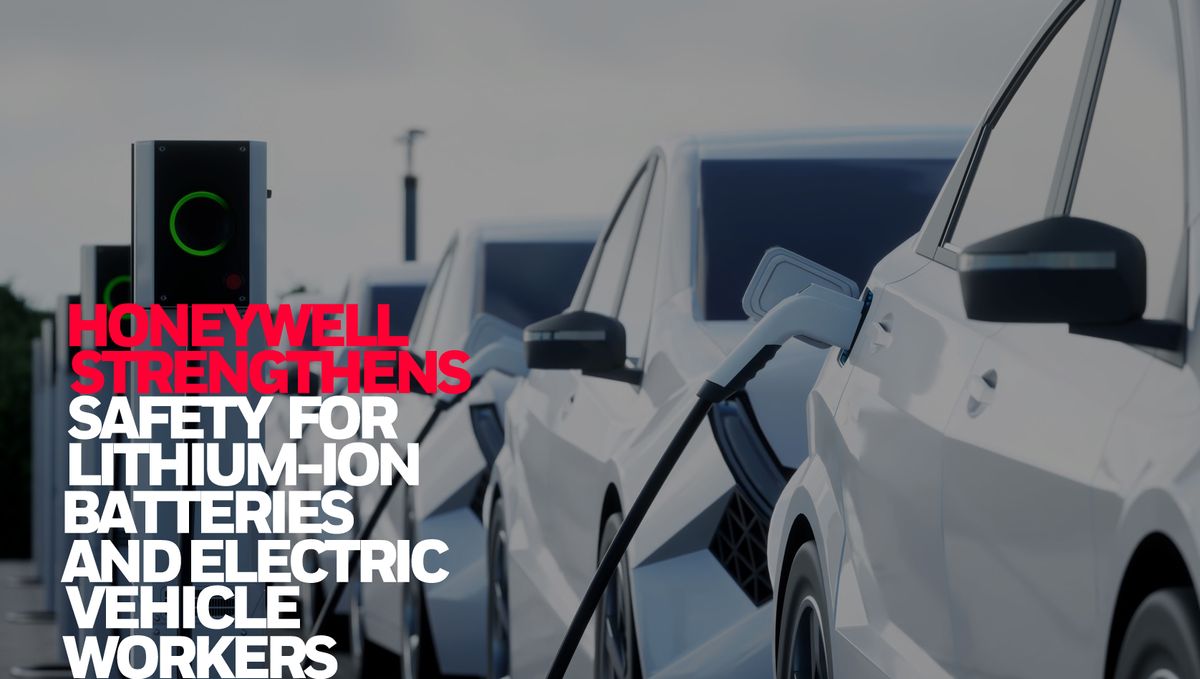Honeywell Strengthens Safety For Lithium-Ion Batteries And Electric Vehicle Workers

As the adoption of electric vehicles (EVs) continues to grow, Honeywell (NASDAQ: HON) has created innovative solutions to address safety concerns across the spectrum of EV manufacturing and use. The company’s lithium-ion (li-ion) battery safety sensors help play a crucial role in detecting potential battery fires, which can protect drivers. Additionally, its suite of personal protective equipment (PPE) and gas detection solutions help safeguard workers in EV plants.
“With more than 10 million EVs sold around the world last year, we’re seeing how pivotal they are in making the future of sustainable travel a reality,” said Sarah Martin, president of Honeywell Sensing & Safety Technologies. “However, achieving sustainability goals can’t compromise safety. Honeywell’s portfolio of solutions enables safer production and operation of EVs, helping to drive tomorrow’s transportation industry forward.
India's EV market is expected to grow at an impressive compounded annual growth rate (CAGR) of 49% from 2022 to 2030. India is taking rapid strides towards achieving its target of 30% EV market share by 2030. Electric scooter use is also on the rise: more than half of India’s three-wheeler vehicle registrations last year were electric and electric two-wheeler market is expected to grow by 27.3% to USD 6161 Million by 2030.
Demand for gigafactories—massive battery plants and EV factories—and jobs in these facilities, is also growing in regions around the world. In India, an additional 10 million direct jobs and 50 million allied jobs may be needed in this sector by 2030.
This growth, however, can raise safety concerns. Li-ion batteries that power EVs can experience rare but dangerous "thermal runaway" incidents, causing intense and prolonged electrical fires. Workers assembling batteries face risks like hand injuries, exposure to chemical hazards and potential electrocution.




